How easy is it for you to track information? Do you have any visual difficulties that are different from the need to wear glasses? Do you miss your keys? Do you struggle to find the other of the pair of socks? Is that attention in 3D, it can be.
Have you had any practice at this? Do you regularly pack up the kitchen cupboards yourself or do others do that? Do you regularly re-organise your kitchen pantry or have others already done it for you? What happens when you have to work at multiple ‘heights’ and depths and widths is that you learn to work in patterns. Hence we have rows, columns etc
Can you easily see the rows and columns?
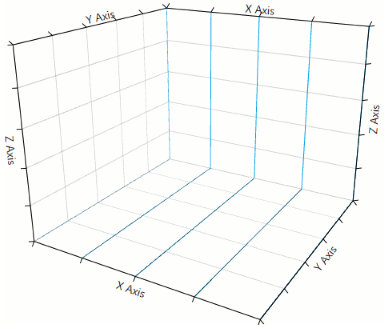
How do you go with numbers? Across, Up, Down, Along, Side, Front, Top
How do you go with verbal or written descriptions? Do you know why there are so few symbols on these? Translation requirements to reduce printing worldwide? Ikea?
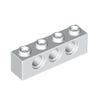
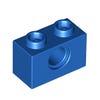
This Kit has 506 pieces. Yet is this ‘model’ easier to build than a car? Probably. Because I am building a recognisable object. I am building a head, arms and legs and a tail. I know when I am finished, I know what body parts are likely to come next. AND I understand why these pieces move as compared to those pieces. Yet. Is this model as popular to build as a car? Why not? Why are these types of models not considered to be important by those who desire to build the complex model cars? Are they too easy?
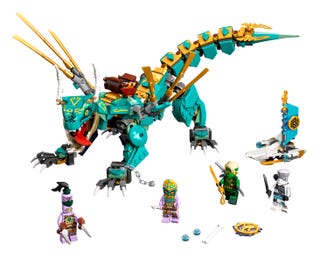
Body parts linking moving pieces together, that rotate, that have a directional requirement for your attention between front back, top bottom etc. This only had 49 pieces in it.
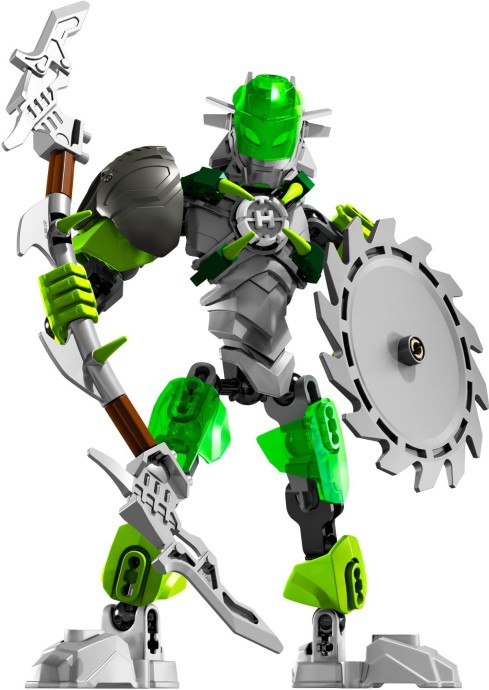
You simply need a pathway through them from the simplest to the most complex. Thats all.
If the individual doesn’t have enough skill with this it may be helpful to transfer from Lego to using K’Nex where it is all about the scaffolding and internal pieces rather than the need to focus on the internal pieces and exterior of the model.